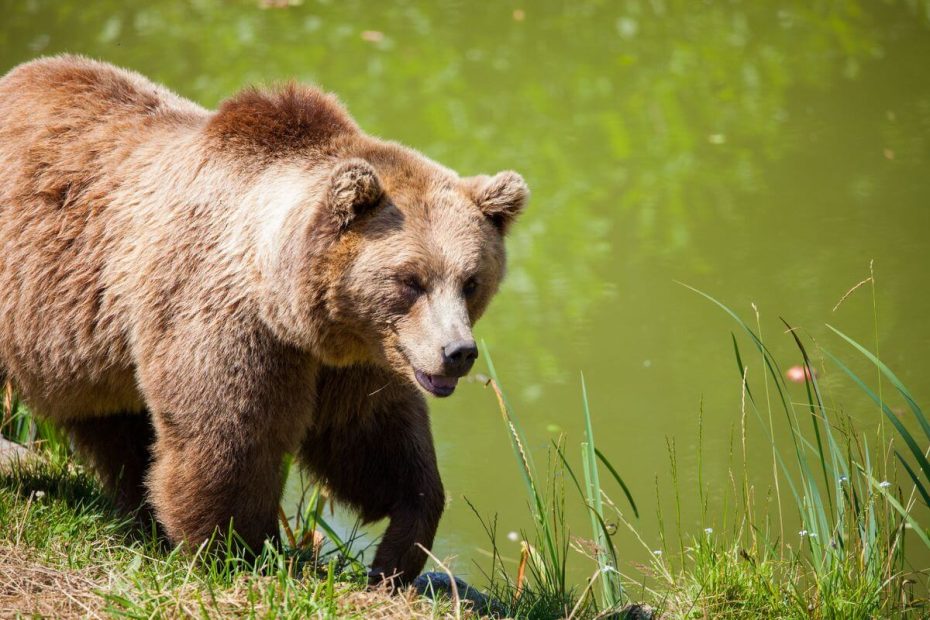
An environmentalist group launched a lawsuit this week against the U.S. Fish and Wildlife Service for what they say was a failure to properly consider the risk of a Trump-era rule that opened 2.3 million acres of public land to hunting and fishing.
“We’re going to court to ensure that our nation’s wildlife refuges actually provide refuge to endangered wildlife,” said Camila Cossío, a staff attorney at the Center for Biological Diversity. “The Fish and Wildlife Service is shrugging off the many risks that sport hunting and fishing pose to endangered animals, particularly from lead ammunition and tackle.”
Billed as the largest expansion of hunting and fishing opportunities in USFWS history, the 2020 rule opened 850 hunting and fishing opportunities across more than 2.3 million acres at 147 national wildlife refuges and national fish hatcheries.
“The Trump Administration and Secretary Bernhardt have made access to public lands for hunting and fishing and other outdoor recreation a priority beginning day one. Hunting and fishing are a part of our American history, and we continue to ensure we provide opportunities for these activities which epitomize our American heritage,” Service Director Aurelia Skipwith said at the time.
SEE ALSO: Utah Wildlife Board Pulls Trail Cam Ban Proposal One Day After Public Comment Period Begins
The Center for Biological Diversity, which has a long history of opposing hunting and fishing, claims that the rule will endanger threatened and protected species, including grizzly bears, jaguars, ocelots, and whooping cranes.
These animals, they say, are harmed by toxic lead ammunition and tackle, increased traffic and noise, and “other risks associated with the massive expansion of sport hunting and fishing.”
The Center claims that rare birds will be harmed by ingesting lead shot and tackle used by hunters. They specifically mention whooping cranes at the Kirwin National Wildlife Refuge in Kansas, Patoka National Wildlife Refuge in Indiana and Lacreek National Wildlife Refuge in South Dakota.
Scavengers, they continue, will be harmed by ingesting lead bullets in the carcasses of animals, and grizzly bears will be at risk of “mistaken identity” and self-defense shootings.
SEE ALSO: Ballot Initiatives in Oregon and Florida Would Ban Hunting, Fishing, Game Preserves
“Opening national refuges to increased hunting means that rare and beautiful animals like grizzly bears, ocelots and whooping cranes now face increased risk of death, ingestion of toxic lead shot and other harms,” said Cossío. “With wildlife already confronted by so many threats to their survival, they rely on refuges to be safe havens. We’re hopeful the court will set things right.”
The Center is suing the USFWS under the Endangered Species Act (ESA) for failing to properly analyze the effects of its new rule on endangered animals. Under the ESA, federal agencies are not permitted to take any action that may “jeopardize the continued existence of” any endangered or threatened species. The Center argues that opening new hunting opportunities does exactly that.
Nontoxic ammunition is already required on national wildlife refuges for waterfowl and upland bird hunting. Lead hunting bullets have also been banned at certain wildlife refuges throughout the country.
The USFWS has yet to issue a statement in response.
